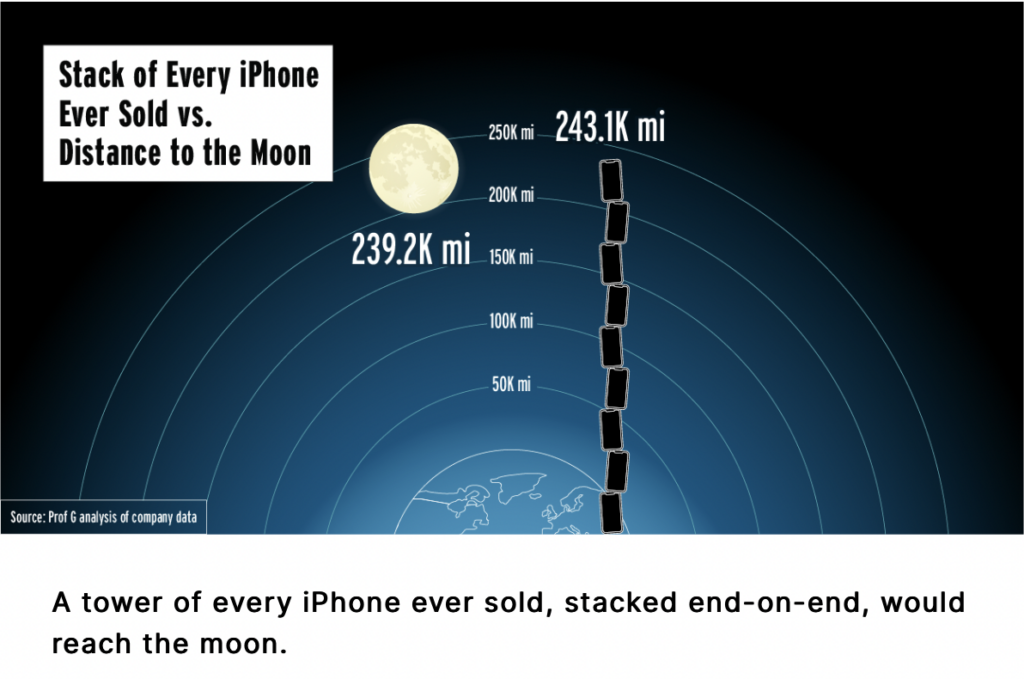Sunset over the Bay

Quote of the Day
”Many people would sooner die than think. In fact they do.”
- Bertrand Russell
Musical alternative to the morning’s radio news
Villa-Lobos | Prelude No. 1 | Nicholas Petrou
Long Read of the Day
‘Meatspace’? Technology Does Funny Things to Language
Nice NYT piece by Peter Coy.
Consider this coinage: meatspace. It refers simply to the physical world, where we have tangible bodies made of … meat. “Meatspace” is a word that didn’t need to exist until the invention of cyberspace. Technological progress gives us a new perspective on things we once took for granted, in this case reality itself.
“I.C.E. vehicle” (pronounced “ice”) is similar. I.C.E. is short for internal combustion engine, a modifier that was superfluous until electric cars came on the scene. Like meatspace, it’s what the journalist Frank Mankiewicz called a “retronym” — a new term that’s invented for something old because the original term has become ambiguous, usually because of some development such as a technological advance.
I love essays like this — writing that suddenly causes one to realise the significance of something that one has been doing automatically for years without ever pondering its significance.
Made me think that the term “career planning” is an oxymoron. Doesn’t the verb ‘career’ mean ‘to move fast and in an uncontrolled way’? (Checks). Yes it does!
I’ve always attributed the term ‘meatspace’ to John Perry Barlow.
Godfather of Memes” passes away
Steve Wilhite, the the computer scientist who invented the gif image file format in 1987 has died aged 74. Kate Miltner and Tim Highfield wrote an interesting academic article on the cultural significance of his creation. Here’s the Abstract:
The animated Graphics Interchange Format (GIF) is a digital file format with a long history within internet cultures and digital content. Emblematic of the early Web, the GIF fell from favor in the late 1990s before experiencing a resurgence that has seen the format become ubiquitous within digital communication. While the GIF has certain technical affordances that make it highly versatile, this is not the sole reason for its ubiquity. Instead, GIFs have become a key communication tool in contemporary digital cultures thanks to a combination of their features, constraints, and affordances. GIFs are polysemic, largely because they are isolated snippets of larger texts. This, combined with their endless, looping repetition, allows them to relay multiple levels of meaning in a single GIF. This symbolic complexity makes them an ideal tool for enhancing two core aspects of digital communication: the performance of affect and the demonstration of cultural knowledge. The combined impact of these capabilities imbues the GIF with resistant potential, but it has also made it ripe for commodification. In this article, we outline and articulate the GIF?s features and affordances, investigate their implications, and discuss their broader significance for digital culture and communication.
My Commonplace Booklet

To date, Apple has sold roughly 2.8 billion iPhones. That translates to about 243,056 miles of black glass, which is longer than the distance to the moon.
This Blog is also available as a daily email. If you think that might suit you better, why not subscribe? One email a day, Monday through Friday, delivered to your inbox. It’s free, and you can always unsubscribe if you conclude your inbox is full enough already!
